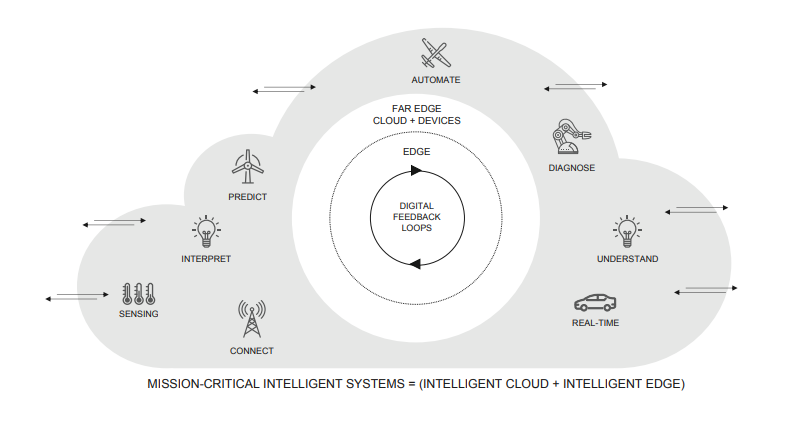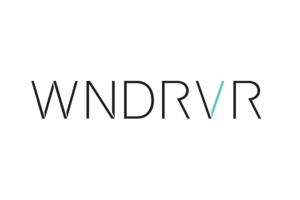Wind River, a global provider in software for the intelligent edge, has launched Wind River Studio, a cloud-native platform for the development, deployment, operations, and servicing of mission-critical intelligent systems. It is particularly designed for deployments where security, safety, and reliability are required.
This first release of Studio reportedly enables flexible and efficient deployment, management, and operations of intelligent 5G distributed edge clouds through a single pane of glass.
“In order to thrive in a digital- and AI-first world, companies are accelerating their digital transformation plans from years to months. Wind River is committed to realising the digital future of our customers across the industries we serve,” says Kevin Dallas, Wind River president and CEO.
“Wind River Studio is the first and only of its kind to deliver one environment for mission-critical intelligent systems across the full product lifecycle. This new platform offers dramatic improvements in productivity, agility, and time-to-market, with seamless technology integration that includes far edge cloud compute, data analytics, system level security, 5G, and AI/ML.”
Mission-critical intelligent systems
Gartner expects that, by 2022, more than 50% of enterprise-generated data will be created and processed outside the traditional data centre or cloud. With more compute workloads moving away from data centres, the compute model is evolving to an intelligent cloud and intelligent edge model, where the majority of low latency compute takes place in the mission-critical intelligent system.
Mission-critical intelligent systems will form the foundation of the digital transformation across industries, including aerospace, defense, telecom, industrial, automotive, and medical. These systems will have diverse needs around the far edge cloud, 5G, AI/ML, real-time performance, security, safety, and reliability.
In addition, these systems will have the ability to securely capture and process real-time machine data with digital feedback loops that enable advanced automated and autonomous scenarios in such systems as robotics, drones, autonomous vehicles, and augmented reality.
Wind River and Verizon
Studio cloud-native infrastructure software and analytics capabilities address service providers’ complex needs surrounding deployment and management of a physically distributed ultra-low latency, cloud-native infrastructure. These technologies are deployed in Verizon’s 5G network and enabled the end-to-end fully virtualised 5G data session.

“Verizon has been on the leading edge of virtualising the network, which provides the foundation for programmability in our network and allows us to speed new services to customers,” says Srini Kalapala, vice president of Technology Planning and Development for Verizon. “Virtualising the entire network from the core to the edge has been a massive, multiyear redesign effort of our network architecture that simplifies and modernises our entire network.”
“Technology innovation leaders are keen to invest in cloud-native infrastructure technologies to increase software velocity; enable developer agility, application scalability, and resilience; and reduce technical debt,” according to Gartner. “Containers and Kubernetes are becoming the foundation for building this cloud-native infrastructure to improve software velocity and developer productivity … by 2022, more than 75% of global organisations will be running containerised applications in production, which is a significant increase from fewer than 30% today.”
Wind River specialises in the early 5G landscape, powering the majority of 5G RAN deployments. With the Studio capabilities that are now available, the company aims to address service providers’ complex challenge of deploying and managing a physically distributed, ultra-low latency cloud-native infrastructure through one single pane of glass with the following:
- A fully cloud-native, Kubernetes- and container-based architecture for the deployment and management of distributed edge networks at scale
- Network analytics technology that includes an integrated data collection, monitoring, and reporting tool to optimise the management and operation of a distributed cloud network
- Core-to-edge orchestration for the efficient management and automation of distributed cloud networks and application services, including the management of containers, network elements, and edge devices
Additionally, the company has announced Studio public preview capabilities, which provide a DevSecOps environment to build, test, and simulate devices and intelligent systems. To inquire about a Studio demo, Click here.
Comment on this article below or via Twitter: @IoTNow_OR @jcIoTnow










